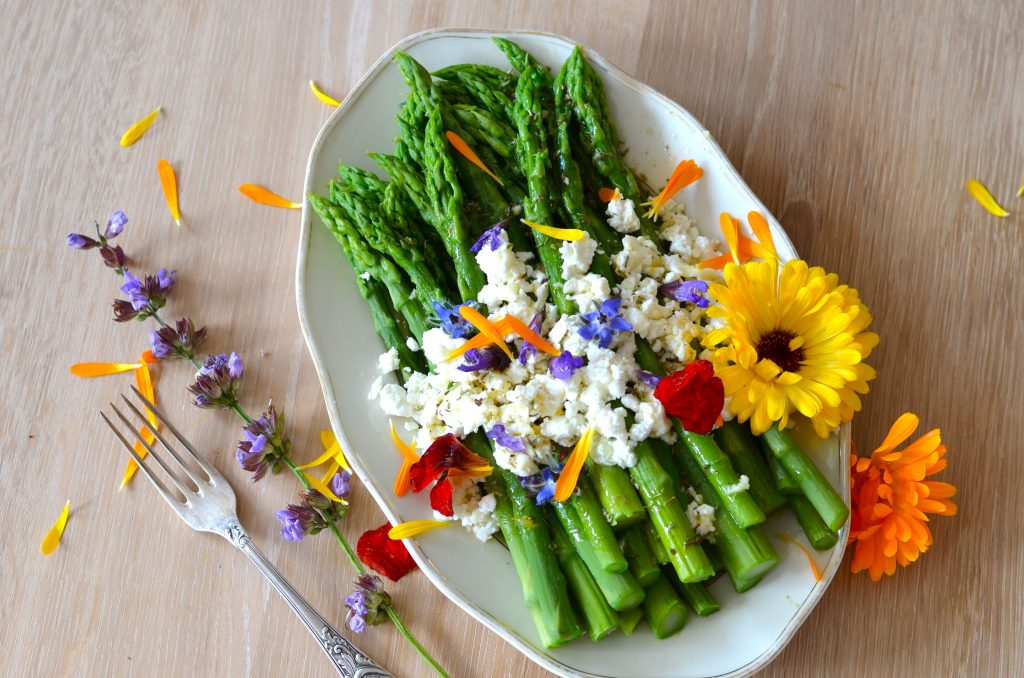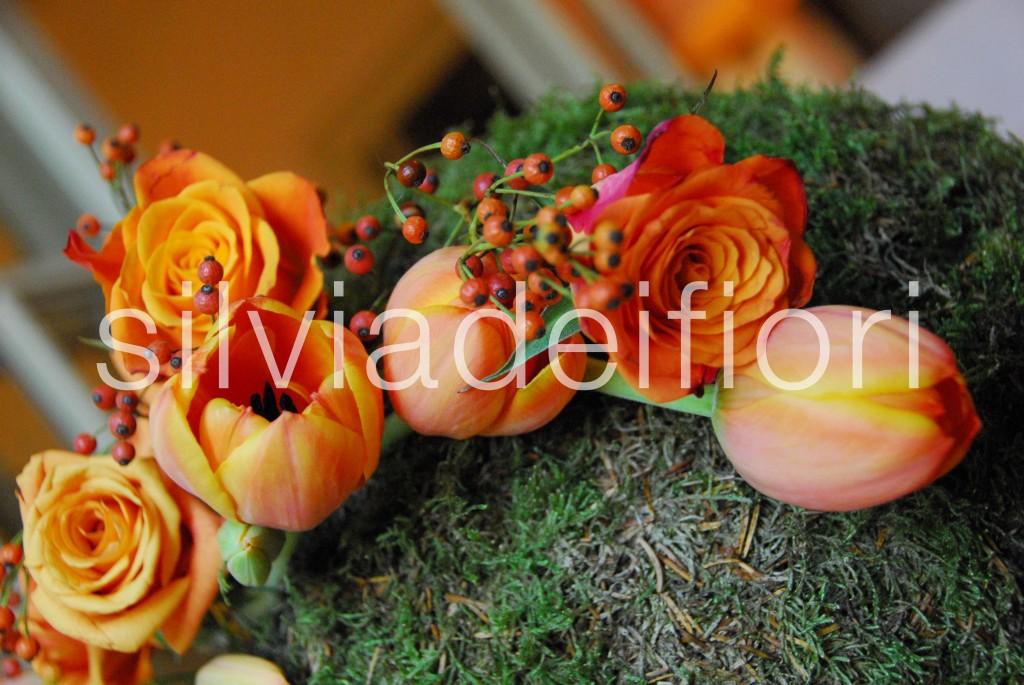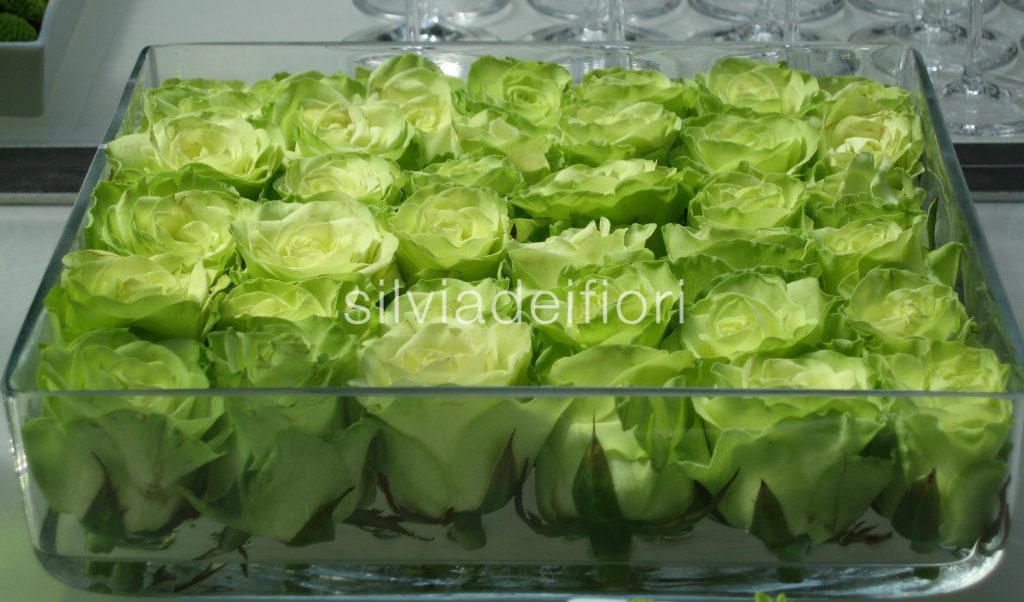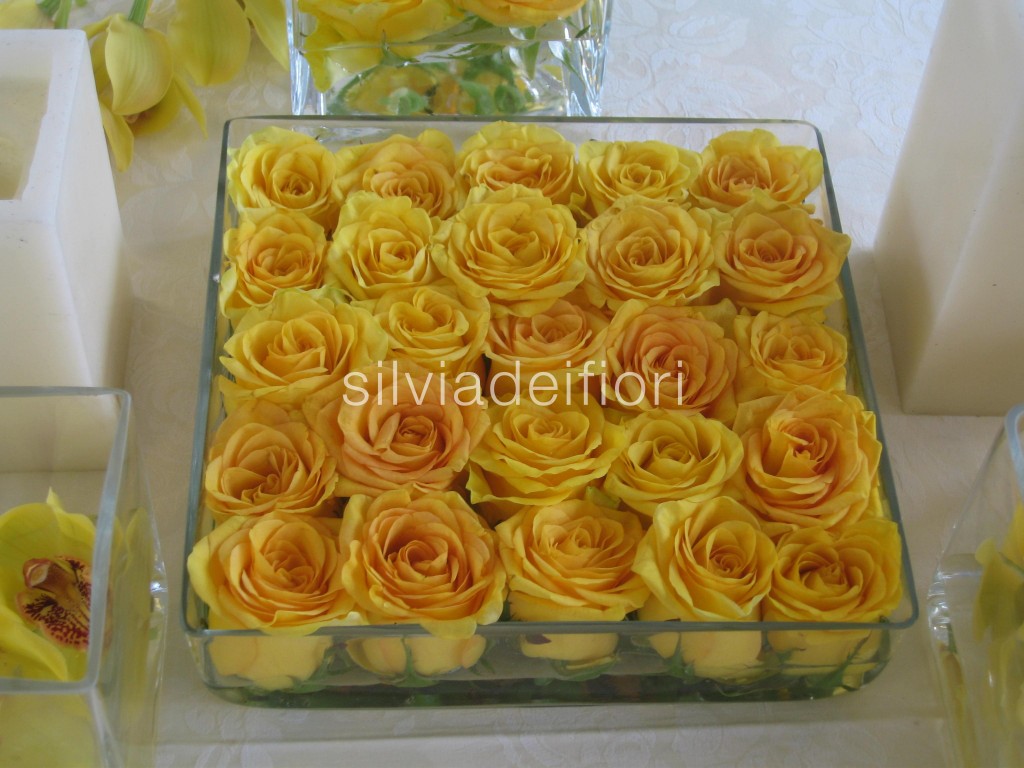If a bouquet of flowers with its splendid colors and intoxicating scent makes your mouth water, you are surely a fan of one of the hottest gastronomic trends of the moment: the kitchen with flowers. The use of edible flowers in culinary art It has been known since ancient times, but in contemporary times edible flowers They are above all a prerogative of starred and famous chefs who use them to embellish, color and flavor their dishes, in the role of cooking designers, naturalists and creatives.
Recently, however, thanks to the media and the diffusion of many cooking programs, theuse flowers in the food field It has also entered the kitchens of creative housewives, ready to experiment and amaze their guests with based dishes of flowers edible beautiful to look at and good to taste. Not all flowers are edible. You should not use flowers from nurseries and florists due to treatments they may have been subjected to which make them incompatible for food useDon't even pick flowers found on the roadside, but buy them from organic flower producers or trusted solidarity purchasing groups. The most used edible flowers in cooking:
- Allium – All the flowers of this family (leeks, chives, garlic...) are edible and tasty
- Acacia – Battered, fried or enjoyed in honey
- Dill – Very similar in flavor to fennel, but more aromatic and pungent
- Basil – Flowers of different colors, from white to pink to blue. The flavor is similar to the leaves, but more delicate.
- Borage – Of a beautiful shade of blue, the flowers are reminiscent of cucumber
- Begonia– Suitable for sorbets, ice creams and fruit salads, but also in meat dishes and salads
- Calendula – A spicy, peppery flavor similar to saffron. The golden color adds a touch of originality to any dish. It's used in salads and in soups and risottos.
- Chamomile – Sweet-tasting flowers often used in the preparation of herbal teas
- Chervil – Flowers with a delicate flavour with a hint of anise
- Chicory – The bitterness of chicory is more pronounced in the petals and buds. The flowers are excellent in brine.
- Citrus (orange, lemon, lime, grapefruit…) – Sweet and very fragrant flowers.
- Coriander – Highly appreciated in international cuisine, less so in Italian cuisine, where it is used in the preparation of sausages (often mistaken for pepper) and as a flavouring for liqueurs and digestifs.
- Chrysanthemum – Its flavor ranges from spicy to pungent. It is widely used in traditional Chinese cuisine in the preparation of soy, sesame, and sherry-based sauces for flavoring pieces of beef, chicken, tofu, or shrimp.
- Dandelion – The buds can be pickled. Dandelion flower sauce (the less common name for dandelion) is excellent with pasta.
- Fennel – The flowers used to flavour boiled chestnuts, baked or pan-fried mushrooms, pickled olives and pork, especially the “porchetta” of Upper Lazio
- Cornflower – To garnish a plate of boiled potatoes, salads, or pasta dishes. Suitable for the preparation of therapeutic herbal teas.
- Zucchini flowers – One of the most used flowers in Italian cuisine (with the stamens removed). Fried, stuffed, baked, and so on.
- Carnation – The petals are sweet and have a fragrant aroma. Similar to cloves, they are used to prepare sweet and savory dishes and can be candied.
- Jasmine – The fragrant flowers are used in tea, but also in the preparation of desserts.
- Scented geranium – Excellent with both sweet and savory dishes. Used to flavor pasta dishes, fish, and cheeses. It pairs well with apricots in syrup.
- Geranium – Bitter-tasting flowers, used to flavor punch, soups, ice cream and salads.
- Sunflower - The closed sprouts can be boiled, fried, or grilled and seasoned with oil and salt.
- Gladiolus – Although the flavor is weak, the flowers can be stuffed and their petals used to sweeten a salad.
- Wisteria – Its colorful flowers are excellent when fried
- Hibiscus – A flower with a sweet, berry-like flavor. Suitable for salads and desserts.
- Anise Hyssop – Both the flower and the leaves have a subtle aroma of anise and licorice
- Lavender – Sweet, spicy and fragrant, an extra touch in both savoury and sweet dishes
- Lilac – Citrusy aroma. Excellent fried after dipping in a milk and flour batter, or in desserts.
- Margherita pizza - The petals aren't the best tasting, but they look fantastic! In soups and salads.
- Mint – The flowers taste like mint and are used in salads
- Nasturtium – Sweet-tasting flowers with a hint of chili pepper. The flowers can be stuffed or added to salads.
- Primrose – Primrose leaves to add a touch of originality to salads, soups and to flavour wines and aperitifs
- Rose - Its delicate and fragrant petals are mainly used in the preparation of drinks, sweets and jams.
- Rosemary - Flowers with a more moderate flavour than the plant, to be used to garnish your dishes
- Sage – Flowers with a flavour similar to that of the leaves, but more delicate
- Elderberry – Same use as acacia flowers
- Jerusalem artichoke or Canadian sunflower – Boiled flowers, cooked in a pan “al funghetto”, au gratin in the oven with cream and béchamel sauce, fried, or raw in thin slices in mixed salads or dipped in Piedmontese “bagna cauda”
- Clover – Flowers with a sweet and delicate flavor, with notes of licorice. Suitable for salads and sweet biscuits.
- Lemon verbena – A hint of lemon. Excellent in tea and desserts.
- Viola - Delicate mint flavor. Ideal for salads, pasta, fruit dishes, and drinks.



